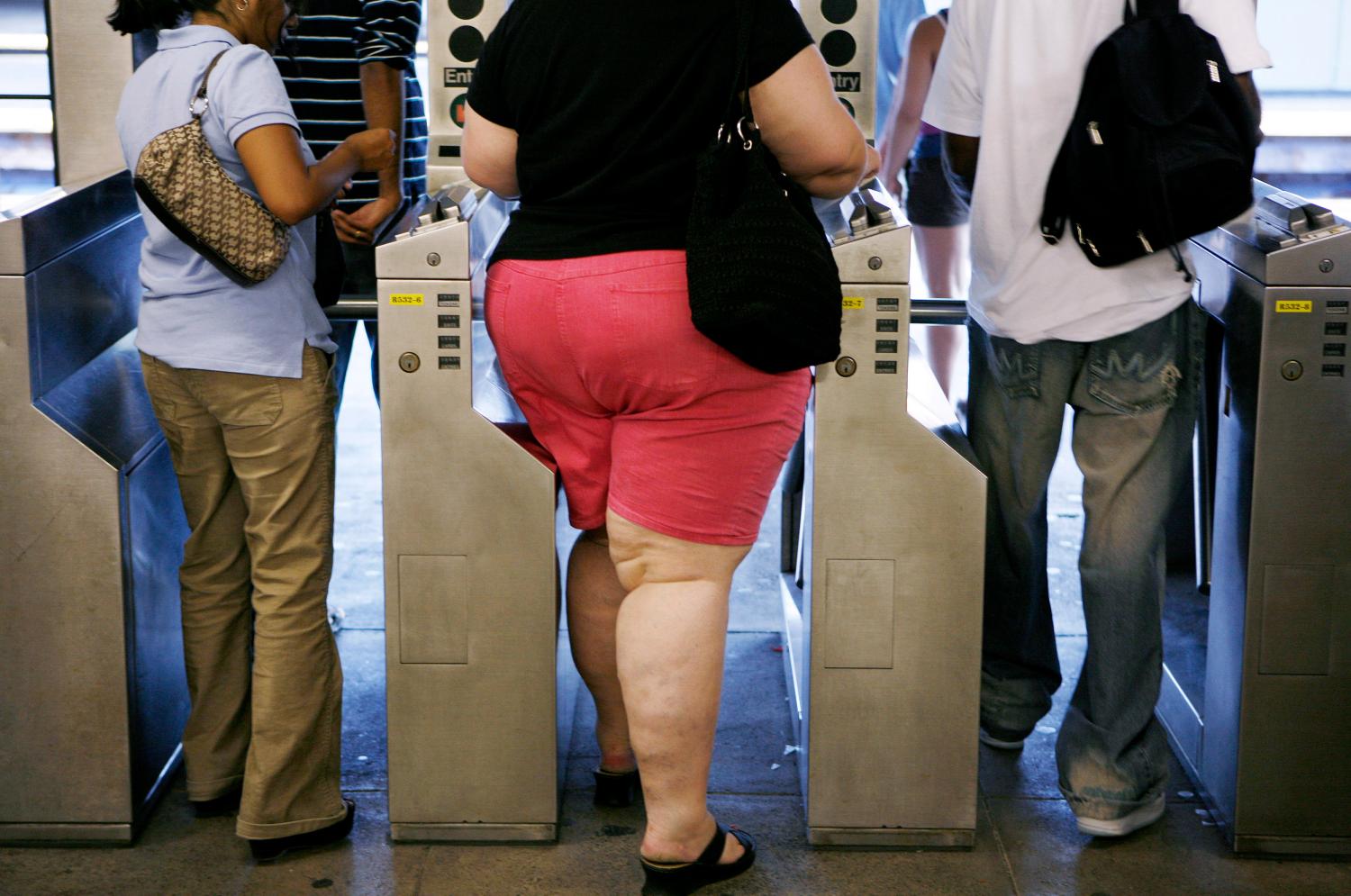Editor’s Note: For Campaign 2012, Alice Rivlin wrote a policy brief proposing ideas for the next president on America’s health care system. The following paper is a response to Rivlin’s piece from Ross Hammond. Tom Mann also prepared a response arguing that Americans must accept the reality of today’s political polarization and challenge Washington to offer tangible solutions to the nation’s most urgent problems.
Alice Rivlin highlights the twin health care challenges facing America and the next president: covering the uninsured while curbing unsustainable increases in health care costs and their impact on the debt. She provides a compelling argument for how to address these challenges through health care legislation. I would like to focus here on the role that investment in public health and prevention can play as a complementary strategy for controlling health care spending.
Perhaps the most pressing public health challenge for the United States today is the epidemic of overweight and obesity, which is linked to an array of costly and debilitating health consequences. According to data from the National Center for Health Statistics, two in three American adults are now overweight, including one in three who are obese. A recent study also found that almost one-third of children and adolescents are overweight or obese. These rates are even higher among ethnic minorities, rural populations, and those with low income or education. The health risks associated with obesity reported by the Institute of Medicine include a much higher incidence of cardiovascular disease, diabetes, several cancers, hypertension, high cholesterol, asthma, osteoarthritis, and liver disease.
Not surprisingly, then, the obesity epidemic is a major driver of health care costs in the United States, and the costs may continue to increase significantly in the future if it is not controlled. The increased health risks for major disease that come with obesity carry not only a high social price tag but also a high economic one—relative medical costs for the obese are estimated to be 36 to 100 percent higher than for Americans of healthy weight. A 2009 study found that childhood obesity alone is responsible for $14.1 billion in direct medical costs annually. By some estimates, nearly 21 percent of all current medical spending in the United States is now obesity related. A significant proportion of these medical costs is paid by Medicaid and Medicare, and one recent analysis concluded that total Medicaid spending would be almost 12 percent lower in the absence of obesity. Beyond direct medical spending, additional costs from obesity are driven by increased rates of disability and by reduced productivity.
The impact of obesity on health care spending is likely to increase in the coming years unless further preventative steps are taken. Although recent data suggest that obesity rates may now be leveling off after a period of very rapid growth, the epidemic in children is especially worrisome because most obese children become obese adults. Childhood obesity means more chronic disease will begin earlier in life for more people—driving up lifetime costs considerably. For example, type 2 diabetes (for which obesity is a particularly strong risk factor) occurred primarily in adults until recently, but the Centers for Disease Control report that it is now beginning in childhood for more Americans. A recent report in the Journal of the American Medical Association estimates that one-third of all children born in the United States today (and one-half of all Latino and African American children) will develop type 2 diabetes in their lifetime. Even if the epidemic does not worsen, these costs are likely to prove an unsustainable burden on the health system given the long-term growth of the federal debt.
Keeping the costs of obesity from overwhelming the health care system will require a renewed focus by the next president on obesity prevention. This has the potential to contain costs much more effectively than the mere treatment of obesity-related chronic health conditions. Early childhood can be an especially important period—once obesity develops, a powerful set of physiological processes and behavior patterns make it challenging to reverse. From the perspective of health care costs, early prevention can produce substantial savings. According to an analysis in the American Journal of Public Health, as little as a 5 percent reduction in the prevalence of diabetes and hypertension would save almost $25 billion annually in medium-term health care costs.
Prevention is important, but designing effective prevention efforts remains challenging. The drivers of the obesity epidemic are complex and multifaceted, so there is likely no single solution. Continued investment in research on effective prevention strategies is needed, especially in support of what the Institute of Medicine and National Institutes of Health refer to as new “systems” approaches. Indeed, it may be critical to coordinate policy across many domains and levels of scale in order to see a rapid change in the obesity epidemic. To be most effective, prevention efforts must focus not just on educating individuals or on changing environments, but on doing both together.
The next president should take several steps to address the major public health challenge of obesity and help avoid the unsustainable health care costs it will generate:
- Renew the emphasis on prevention efforts. Prevention is especially important, given the role of childhood influences in the development of overweight and the challenge of reversing obesity once entrenched.
- Increase investment in public health research to develop an evidence base that supports the design and testing of powerful new prevention strategies for the future. As the scientific community emphasizes, innovative approaches are greatly needed to continue to improve how policy addresses the complex drivers of obesity.
- Coordinate public policy across domains and agencies. Many policy areas “outside” of health—including education, housing, transportation, agriculture, and tax policy—have strong effects on public health and obesity. A more systemic approach that takes into account connections across these areas should be a central element in an effective obesity prevention strategy.




